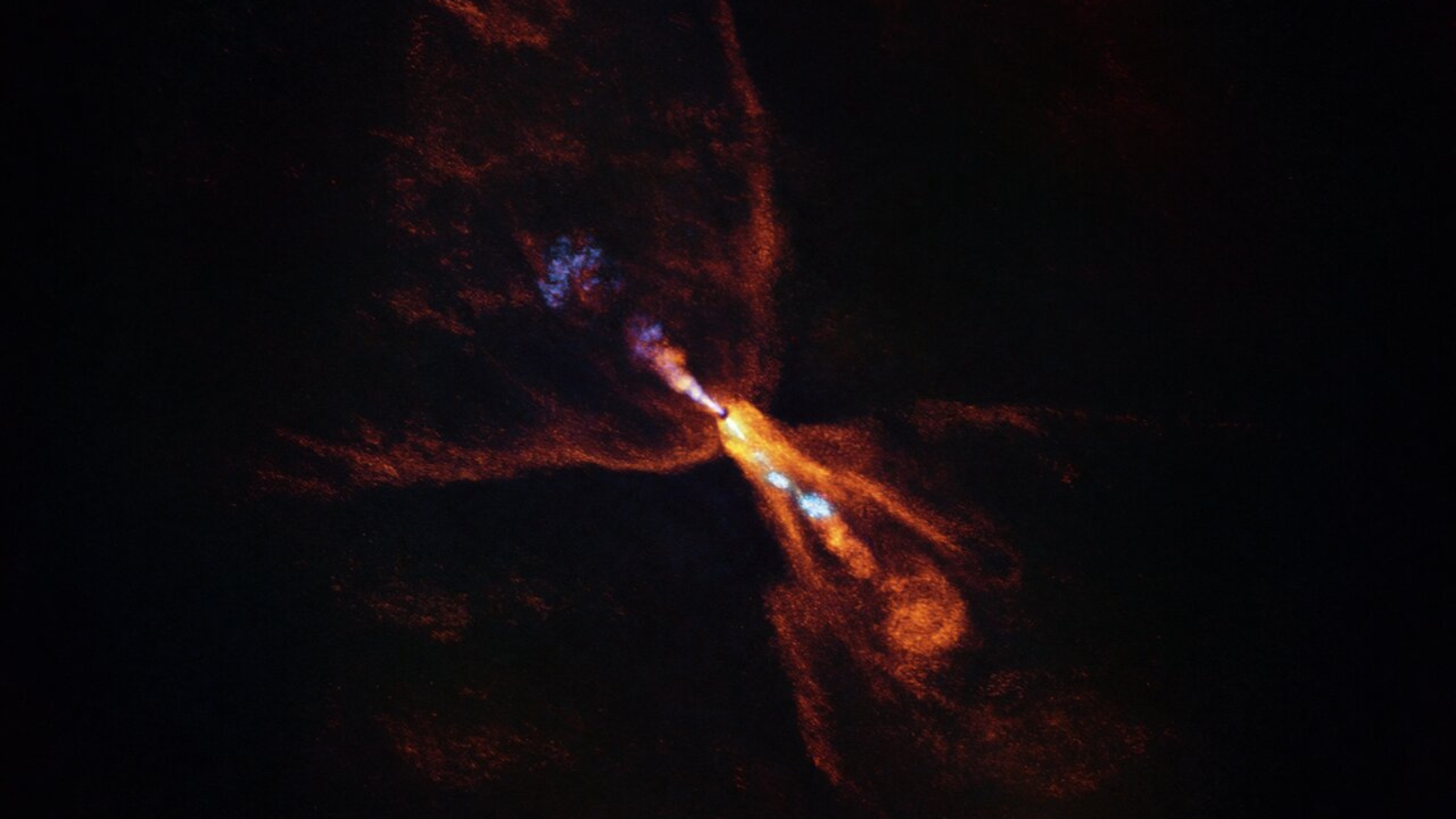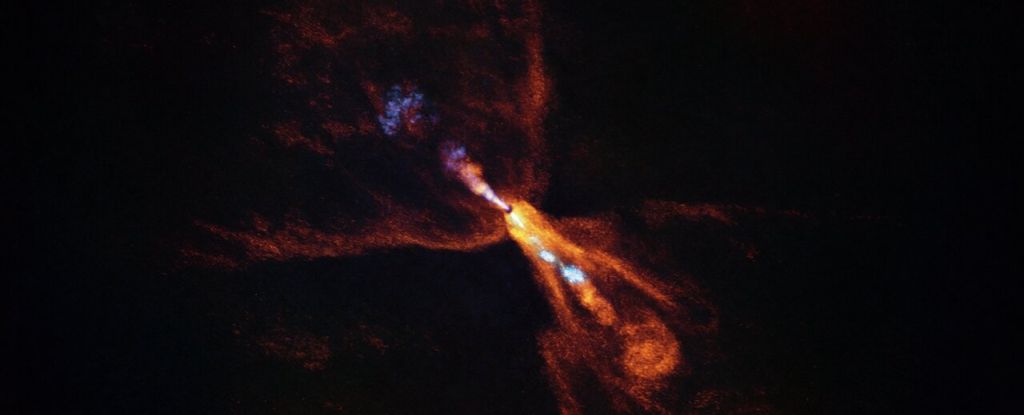T4K3.news
Astronomers witness birth of a new planetary system
Astronomers captured the formation of a planetary system around star HOPS-315 for the first time.

Astronomers have gained a clearer view of how new star systems develop.
Astronomers capture first images of a new planetary system forming
Astronomers have made a groundbreaking discovery by witnessing the birth of a planetary system around the star HOPS-315, located about 1,300 light-years from Earth. This observation, published in the journal Nature, shows the first moment when materials began to form solid objects that could evolve into planets. Using data from the Atacama Large Millimeter/submillimeter Array and the James Webb Space Telescope, the team identified early signs of planet formation, including traces of silicon monoxide, essential for building future planets. This research offers insights into how our solar system may have formed around the sun billions of years ago.
Key Takeaways
"For the first time, we have identified the earliest moment when planet formation is initiated around a star other than our sun."
Melissa McClure highlights the significance of identifying early planet formation stages.
"We're really seeing these minerals at the same location in this extrasolar system as where we see them in asteroids in the solar system."
Logan Francis draws parallels between HOPS-315 and our own solar system's asteroid belt.
"This system is one of the best that we know to actually probe some of the processes that happened in our solar system."
Merel van 't Hoff emphasizes the importance of HOPS-315 for understanding our own planetary system.
The discovery of HOPS-315 serves as a unique opportunity to understand the processes that led to planet formation in our own solar system. As researchers compare the materials found around HOPS-315 to meteorites on Earth, they may uncover valuable details about the early conditions in our cosmic neighborhood. This potential connection emphasizes why studying distant systems can illuminate our own history, and it raises excitement about future astronomical findings.
Highlights
- We are seeing a system resembling our young solar system.
- This process has never been observed outside our solar system.
- HOPS-315 is an excellent fossil record of our cosmic origins.
- This discovery opens new doors for understanding planetary formation.
Scientific discovery entails public interest and funding risks
The implications of this discovery may attract public and scientific interest and could influence future funding for astronomical research.
This discovery marks a significant step in understanding the birth of planetary systems.
Enjoyed this? Let your friends know!
Related News

Astronomers Discover New Planetary Formation

NASA's Webb Telescope Observes New Solar System

Astronomers Capture First Signs of Planet Formation

Study reveals earlier planet formation in the solar system

Astronomers discover a newborn planet forming

Astronomers unveil new cloud in the Milky Way
Astronomers discover early planet formation

Asteroid 2024 YR4 may hit the moon instead of Earth
